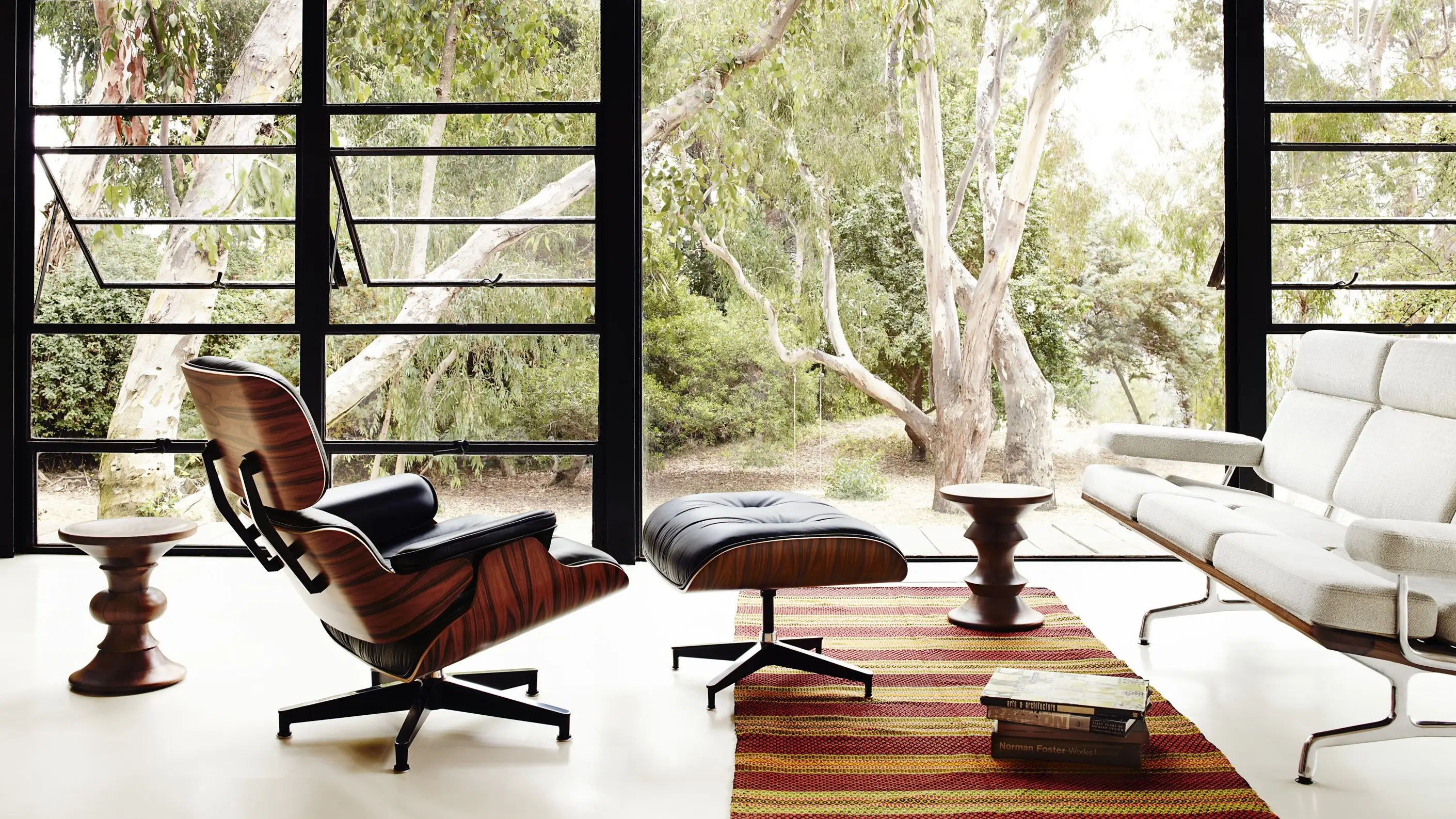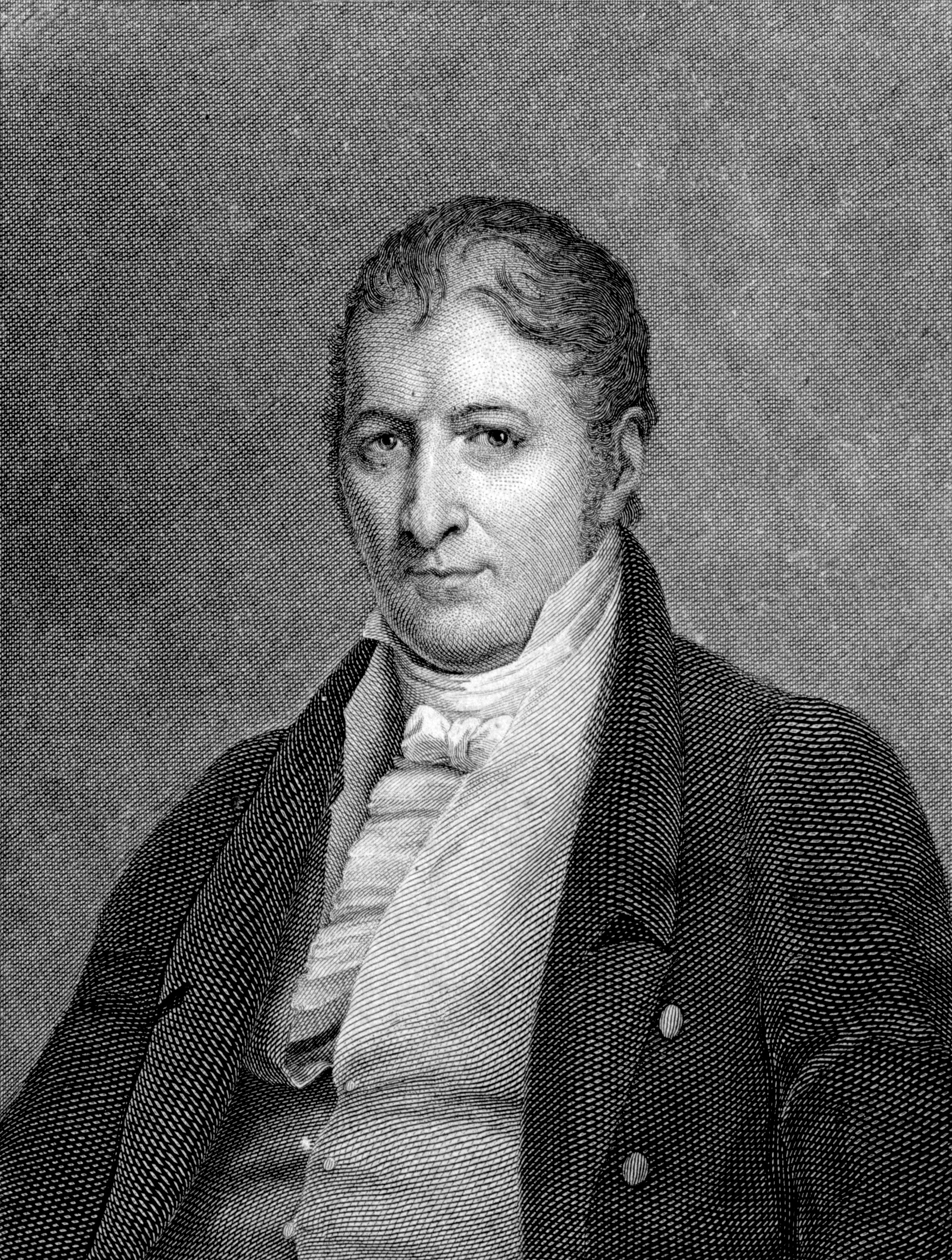A Brief History of Industrial Design.

How long has ID been around?
People have been making things forever, but the true advent of industrial design can be traced back to the first concepts of mass production — design intended for large-scale creation, available to a wider customer audience. Our timeline highlights what we consider to be some of the most important moments and movements in the history of ID.

1801
Up until now, the individuality of products and builders meant a broken component required complete replacement. At the turn of the 19th century, however, Eli Whitney (best known for inventing the cotton gin) built on the ideas of a French gunsmith to build all muskets from the same parts, so single pieces could easily and inexpensively be replaced when they broke. (History.com)

1838
Speaking of watches, a few decades later, Henry and James Pitkin designed the first mass-production method for watches made right in the U.S. The Pitkin watch was constructed on a machine entirely designed and built by the brothers, and though the cost of these novel timepieces couldn’t compete with imports, they highlight the growing interest in mass production. (Old Watch.com)

1853
While industrial design could be said to exist since the invention of, say, the wheel, the first book published using this “official” title was The Practical Draughtsman's Book of Industrial Design. The work was penned by Jacques-Eugene Armengaud and friends, and the subtitle aptly relays its intent: to help designers in “Forming a Complete Course of Mechanical, Engineering, and Architectural Drawing.” The book is now public domain, so any industrious student can find out just what designers were exploring back in the day.
1809
Art Nouveau
1905-1930
Expressionism
1907-1938
Deutscher Werkbund
1909-1930
Futurism
1913
An icon of industrial design and car lovers everywhere, the Ford Model T was the first item to be produced on a moving assembly line. This manufacturing method was designed by Henry Ford himself, and it reduced the time it took to assemble a vehicle from 12 hours to two hours and 30 minutes. Given this leap in productivity, it makes sense that Ford was quoted as saying “When I’m through, about everyone will have one.” He wasn’t wrong. (History.com) 1913 was also the year the U.S. Patent Office recognized the term “industrial designer.” (Britannica.com)
1915-1924
DADA
1917-1931
De Stijl
1919
Concerned about the drab “soullessness” of modern architecture, German architect Walter Gropius and his contemporaries kicked off the Bauhaus movement in 1919. The goal of these designers was to create works that fulfilled the two tenets we mentioned in previous posts: attractive design and functionality. In addition to well-known pieces like Marcel Breuer’s Wassily Chair and Josef Hartwig’s Chess Set, painters like Paul Klee and Kandinsky put the Bauhaus love of shape and colour on canvas. (The Art Story)
1919-1932
Constructivism
1920-1942
Art Deco
1930s-40s
Streamlining: Impact from architecture to transportation to household appliances
1940-1965
Mid Century Modern
1940s
The end of the Great Depression and WWII saw the advent of “planned obsolescence,” which, practically speaking, meant manufacturers began creating products with the intention that they would need to be replaced sooner rather than later. Though the rise of wasteful consumerism is more commonly linked to the later half of the century, there’s little question it started here. (Britannica.com)
1947
The ISO (impractically, the International Organization for Standardization) was founded near the end of the 40s. When it comes to mass production, it’s not hard to imagine why manufacturing standards that span the globe would be useful. Though incorporation is voluntary, the ISO has published more than 23,000 International Standards in more than seven decades and counts 164 countries within its members. (ISO.org)
1953
Designed by the son of the company’s founder, the Braun 300 electric shaver stepped away from styles of the past decade and set the standard for the future of electric razors. (Core77)
1957
Computer Aided Design software (or CAD) came into being with PRONTO. This was the “first commercial numerical-control programming system” and set the framework for the digital programs made available with increasing ease of use over the next two-thirds of a century. (PART Solutions)
1966-
Postmodernism
1970-
Blobitecture
1970's-
Deconstructionism
1971
Also proudly sporting the Braun name was the Phase 1 alarm clock, designed by Dietrich Lubs and featuring the flip book-style numbers most people are familiar with from their parents’ or grandparents’ bedside tables.
1980s
How long would it take you to find something in your home that says “Made in China”? We’re betting less than a minute. It probably doesn’t surprise you to learn that China is the leading industrial powerhouse in the world, surpassing the U.S. a decade ago. We would be remiss to discuss the history of design and mass production without a nod — with mixed emotions — to the origin of so many of our manufactured goods. (Federal Reserve Bank of St. Louis)
1980-
Neo-Futurism
1983
When you think of 3D printing, you might imagine it came into being in the last few years or, depending on your exposure, it could still seem like something out of a sci-fi story. But believe it or not, the first 3D printer was invented more than 35 years ago! Charles W. Hull created the first device to make stereolithography — a model-printing process — available to the masses. Granted, the machines still cost thousands of dollars, but this was a huge step up from the five- or six-figure costs of the past. (PC Magazine)
1987
Additive manufacturing involves building with the addition of various materials, rather than the “subtraction” of a material to create a shape (think carving). The late 80s and the advent of more accessible 3D printing saw the first use of additive manufacturing for consumer goods. The methods made manufacture exponentially faster and compounded the continuing rise of throw-away products. (Metal AM)
1992
John Sylvan invented the K-cup (you know, the little plastic thing that holds enough beans for one cup of coffee) nearly 40 years ago, and he’s regretted it almost ever since. As synonymous with coffee drinkers as the single-serve product is — Keurig bought the design in 1998 and sells many billion each year — it’s also become a buzzword for sustainability endeavours. In 2015, the company said they’d make the cups recyclable by 2020, but even Sylvan doubted this was possible. Though reusable alternatives hit the market a few years back, the K-cup is definitely a shining example of unnecessary waste in our modern world.
1996
When a garbage can is featured on the MoMA website, you know it’s legit. Karim Rashid designed the “Garbo” for Umbra 25 years ago, and today almost everyone has tossed a tissue into a bin of a similar style. Designed with bold colours and a sexy shape intended to be reminiscent of the actress Greta Garbo, the wastebasket was an overnight success. Apparently, however, it’s incredibly difficult to find promotional images of the bucket actually holding trash. (Metropolis)
2018
Thanks to the Model T, the K-cup, and countless amazing art and architecture movements, we were inspired to found ANCORD Design Co in January of 2018. We want to foster creativity and sustainability in the design industry, and partnering with forward-thinking, eco-conscious folks like you is how we intend to do it.
Have a fantastic idea for a product that doesn’t add to planetary waste? We want to chat with you about it!
Boost your brand with design that makes an impact. You talk, we listen.
